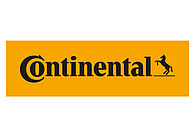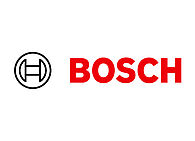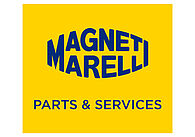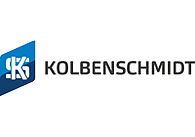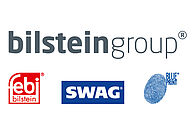Engine control
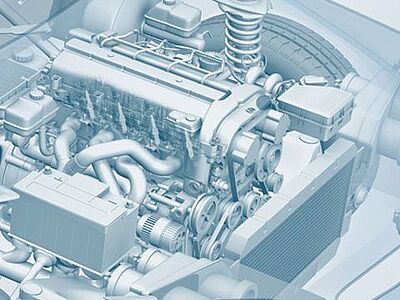
Four-stroke engines rely on sophisticated gas exchange to run safely, efficiently and with low emissions. This means that during the intake stroke as much fresh air or fuel/air mixture as possible must...
Function
Four-stroke engines rely on sophisticated gas exchange to run safely, efficiently and with low emissions. This means that during the intake stroke as much fresh air or fuel/air mixture as possible must be able to get into the cylinder. In the exhaust stroke, the exhaust gases must be discharged as quickly as possible. In four-stroke engines, the valves have the task of controlling gas exchange. They are in turn actuated by the camshaft, which is driven by the crankshaft.
The full set of components involved in controlling the inflow of fresh gases and the outflow of exhaust gases is known as the engine control.
The engine control must open and close the valves at a precisely defined point in time so that in each operating state the prevailing power and torque requirements are met and fuel consumption and harmful substances emissions are minimised at the same time.
The history of the car has seen numerous design solutions used for engine control, with toothed wheels and the vertical shaft being just two examples. In today's engines, only overhead camshafts are used, driven either by a timing chain or a toothed belt.
Depending on the design of the engine, other ancillary components such as the oil pump or the water pump are integrated into the engine control. Engine control components are exposed to high levels of stress and strain. Typical wear parts in this context are camshafts, oil pumps,belt drive components or valves.
Komponenten der Motorsteuerung
Im Laufe der Automobilgeschichte gab es zahlreiche konstruktive Lösungen bei der Motorsteuerung wie Zahnräder oder die Königswelle. Bei aktuellen Motoren kommen nur noch obenliegende Nockenwellen zum Einsatz, die entweder mit einer Steuerkette oder einem Zahnriemen angetrieben werden.
Je nach Motorenkonstruktion sind in die Motorsteuerung auch weitere Nebenaggregate, wie die Öl- oder Wasserpumpe integriert. Die Komponenten der Motorsteuerung sind hohen Belastungen ausgesetzt. Typische Verschleißteile in diesem Bereich sind die Nockenwellen, Ölpumpen, Riementriebkomponenten oder die Ventile.
Safety
The engine control is one of the most important and technically advanced vehicle systems. For engine parts in particular, there is zero margin for error. If individual components of the chain drive or belt drive are damaged, components in the immediate vicinity (chain tensioners and slide rails for chain drives and the tensioning roller and water pump for belt drives, for example) must also be replaced at the same time. The material quality of all engine control components is decisive if the engine is to be relied upon to function correctly.
Environmental protection
Gas exchange in four-stroke engines has a significant effect on engine power development as well as fuel consumption and pollutant characteristics. A fully functioning engine control and timings (assignment of crankshaft positions to camshaft positions) set in accordance with manufacturer specifications therefore play an important role where the protection of the environment is concerned.
Depreciation
Thanks to modern production techniques, the engine control components in modern vehicles are designed and dimensioned to last the lifetime of a vehicle. Deterioration of wear parts such as camshafts, tilting levers and rocker arms can thus be slowed down. For example, only certain components (surface layers, for example) are hardened with the process of inductive hardening; the core of the metal part remains untouched.
Compliance with the service and maintenance intervals prescribed by the manufacturer is vital if the engine control is to be relied upon to meet performance expectations for the service life of the vehicle.
Downloads
Here you can find all available downloads for the topic "Engine control":
All file downloads:
